Freedom of information request template letter
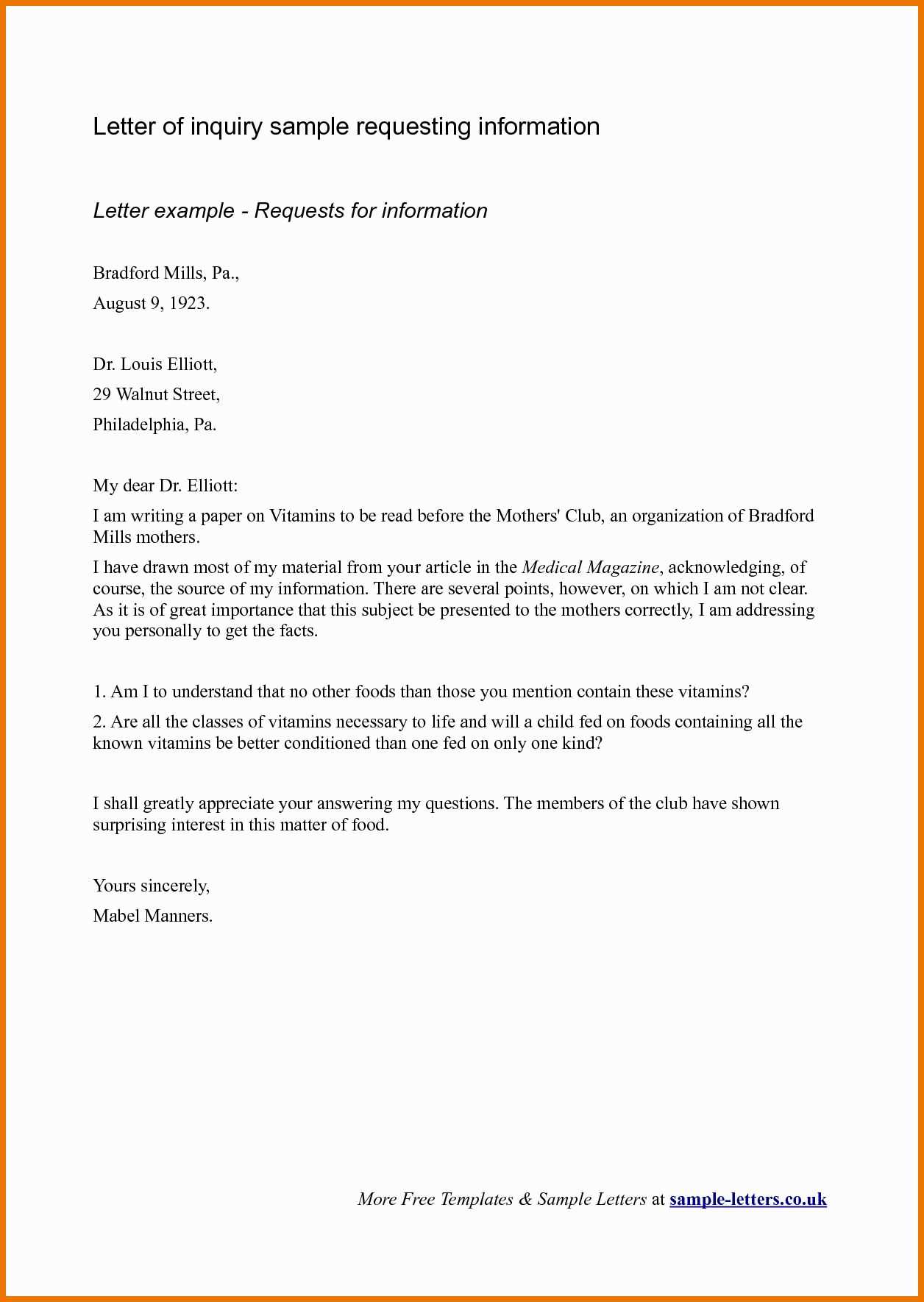
If you need access to public records or documents, submitting a Freedom of Information (FOI) request is a direct and formal approach. This letter serves as a template to ensure that your request meets the necessary legal standards and provides the right level of detail. It can be adapted based on your specific needs and the information you seek.
Start by clearly stating the purpose of your request. Specify the documents or records you are looking for, as vague requests may result in delays or refusals. Include any relevant details, such as the time period of the records or the department responsible, to narrow down the search. The more precise your request, the quicker the response.
Be sure to include your contact details and any reference numbers if applicable. This will help the authority locate your information without unnecessary back-and-forth. You may also mention any legal framework under which you are submitting the request, such as the Freedom of Information Act, to underline your right to access the information.
Conclude with a polite request for confirmation of receipt and a timeline for the response. Keep your tone respectful, even if the matter is urgent, as cooperation from the receiving body will be smoother. Here is a template to help guide your FOI request letter.
Here’s an improved version without unnecessary repetition:
Begin with a clear and direct request. Be specific about the documents or information you want. Avoid vague language, as it can lead to delays or confusion. For example, instead of asking for “all records,” specify the type and date range of the documents you’re interested in.
Be concise and to the point. Keep your sentences short and relevant to the request. Avoid including unrelated information that could distract from your main objective.
Use formal but friendly language. A respectful tone is more likely to result in a positive response. Acknowledge that you understand the time and resources needed to fulfill your request, but emphasize your right to access the information.
- Clearly state the purpose of your request.
- Provide all necessary personal or case details, if required.
- Outline any specific dates or document types needed.
- Ask for a response within a reasonable timeframe.
Close by expressing appreciation for their attention to your request. Keep the closing brief, and make sure to include your contact information for follow-up if necessary.
- Freedom of Information Request Template Letter
Begin by addressing the letter to the appropriate public authority. Include their official name and contact information. State the purpose of your request clearly. Specify the information you are seeking, including relevant details like timeframes, categories, or specific documents. The more precise you are, the easier it will be for the agency to locate and provide the requested data.
For example:
Dear [Public Authority],
I am writing to request access to information under the Freedom of Information Act. Specifically, I am seeking [describe the documents, data, or records you’re requesting] for the period of [date range].
If possible, please provide the information in [preferred format, e.g., digital format or paper copies]. Should you need any further details to process my request, feel free to contact me at [your contact details].
Finish by referencing the legal right for making this request. Confirm your expectation for a response within the time limit stipulated by the Freedom of Information Act (usually 20 working days).
For example:
I look forward to receiving your response within the statutory 20 working days as required by the Freedom of Information Act. If you are unable to provide all or part of the requested information, I would appreciate an explanation of any exemptions applied.
Thank you for your attention to this matter.
Sincerely,
[Your Name]
[Your Address]
[Your Contact Information]
Always direct your Freedom of Information (FOI) request to the specific department or individual responsible for handling such requests. If you are unsure, check the organization’s website or contact their general inquiries. Address the recipient formally, using their full name if known. If not, use a title and their position, such as “Dear FOI Officer” or “Dear Public Records Officer.” This shows respect and ensures clarity.
Step-by-Step Approach to Addressing the Recipient
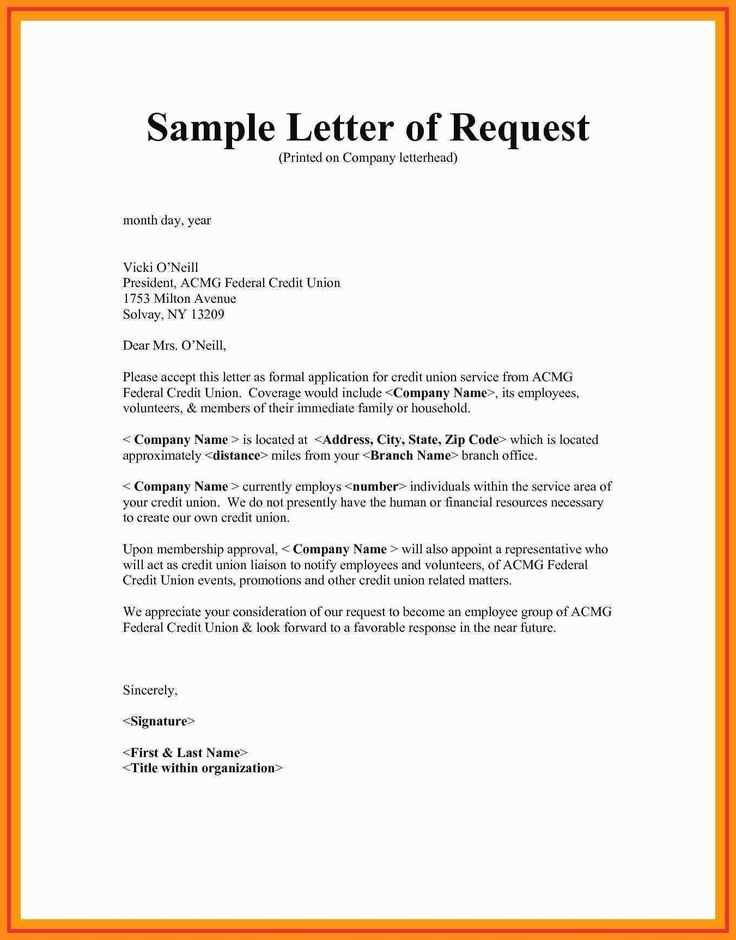
| Recipient Type | Recommended Salutation |
|---|---|
| Known individual | Dear Mr./Ms. [Full Name] |
| Unspecified individual or department | Dear FOI Officer or Dear Public Records Officer |
| Government department | Dear [Department Name] FOI Team |
Key Points to Remember

Using a clear and formal approach helps establish professionalism and avoid confusion. If your request is addressed to a specific person, be sure to use their correct title (e.g., Dr., Mr., Ms.) followed by their last name. When sending your request to a department, ensure that you use the department’s official name, as this may vary between organizations.
Be clear about the information you’re requesting. Specify the documents, data, or records you need. For example, instead of asking for “all financial records,” request “the financial reports for 2023, including income statements and budget breakdowns.” This helps the authority locate what you need more efficiently.
Identify the time frame for the information. State the exact dates or period you’re interested in, such as “from January 2022 to December 2022.” This narrows down the search and reduces unnecessary data.
Provide your contact details. Include your full name, email address, and postal address so the organization can follow up or send the requested information easily.
If you prefer the data in a specific format, mention it. For instance, request documents in PDF, Excel, or CSV format if required. This ensures the response aligns with your needs.
State your legal right to access the information. Refer to the applicable Freedom of Information Act or similar legislation that applies in your jurisdiction, ensuring the authority understands you’re requesting it under the correct legal framework.
Keep the tone polite but firm. While it’s important to be clear, a respectful tone can often help in getting a timely and positive response to your request.
For clarity and efficiency, choose the most suitable format for your freedom of information request based on the nature of the information you’re seeking. If you’re requesting specific documents or data, an email may be the quickest method. For more formal or complex requests, a postal letter ensures you have a record of your communication and gives the recipient more time to process your inquiry.
Consider the preferences of the public authority you’re contacting. Some organizations prefer requests to be submitted via an online portal or a specific form. This can streamline the process, reducing delays and potential back-and-forth communication.
Clearly state your request in the format you choose. Be concise and specify exactly what information you’re looking for, including relevant time frames or document references, if possible. Avoid ambiguous wording that could lead to confusion or unnecessary follow-ups.
If you’re sending a physical letter, use professional language, and make sure it’s signed. If emailing, ensure that your subject line is clear and directly related to your request, so it stands out to the person handling it.
Whichever format you choose, keep a copy of your request for your own records. In case of delays or disputes, having a documented history of your request can be helpful for follow-up communication.
Government agencies typically have a set period to respond to a Freedom of Information (FOI) request. In many countries, the deadline is 20 working days, but this can vary depending on local laws and the complexity of the request. For example, in the UK, the time limit is 20 working days, while in the US, agencies must reply within 20 business days as per the FOIA guidelines.
Possible Delays and Extensions
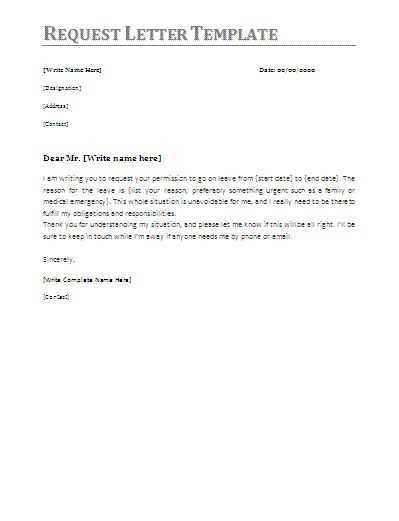
Agencies may request an extension of up to an additional 20 working days if the request is unusually complex or voluminous. They must notify you within the original 20-day period if they plan to extend the timeline. Be aware that such extensions should not exceed a total of 40 working days unless specific conditions justify a longer delay.
Exceptions to the Timeline
If an agency needs to consult with a third party or if the request involves sensitive information, the reply time may be extended. In such cases, you should expect a formal notification explaining the delay. However, under normal circumstances, expect to receive a response within the initial 20 working days or a clear indication of why the delay is necessary.
If your Freedom of Information (FOI) request is denied, take immediate steps to understand the reason behind the refusal. The authority must provide a valid justification for withholding the requested information. This can include exemptions related to national security, personal data, or commercial confidentiality.
Review the refusal letter carefully. It should outline the specific exemption under which your request was denied. If no exemption is cited, or if the reasoning seems unclear, reach out to the authority for clarification. It’s crucial to ensure that the refusal is legitimate and in line with the relevant laws and regulations.
If you believe the refusal is unjustified, you have the right to challenge it. Here’s how you can proceed:
- Request a review: Most jurisdictions offer a formal review process where an independent body will assess the refusal. Initiate a review by submitting a request for reconsideration, clearly stating why you believe the denial was wrong.
- Appeal to an ombudsman: If the review does not resolve the issue, escalate the matter to an ombudsman or similar oversight body. They can investigate whether the refusal complies with the law.
- Legal action: As a last resort, you may consider taking legal action. Consult with a lawyer to understand whether your case has a strong foundation and whether litigation is viable.
During this process, keep records of all communications, decisions, and supporting documentation. This ensures that you have a clear paper trail to strengthen your case if needed.
In some cases, authorities might partially disclose information, citing specific redactions. Review these redactions carefully. If you feel that the redactions are too broad or unfounded, challenge them in the same manner as a full denial.
Keep in mind that public authorities are obligated to comply with FOI laws in a transparent and accountable way. If they fail to do so, holding them accountable through formal processes can help ensure that the right to access information is upheld.
What to Do If You Need to Appeal an FOI Decision
If your request for information under the Freedom of Information (FOI) Act is denied, you can appeal the decision. First, check the reasons given for the refusal. These might include exemptions or procedural errors. Make sure to understand the grounds before proceeding with an appeal.
Next, contact the public authority that made the decision. Most organizations have a formal process for appealing an FOI decision. Submit a written appeal, clearly stating why you disagree with the decision. Provide supporting evidence or explain why you believe the refusal should be overturned.
If your appeal is unsuccessful or you do not receive a response, you can escalate the matter to an independent authority, such as the Information Commissioner’s Office (ICO) in the UK or a similar body in your jurisdiction. This external body will review your case and may issue a binding decision.
In some cases, you may also have the option to seek a judicial review if you believe that the decision was made unlawfully. This process involves taking your case to court, which can be time-consuming and costly, so it is best to consider it after exhausting all other appeal avenues.
Throughout the process, ensure all your communications are clear and well-documented. This will help present a stronger case and increase the likelihood of a successful appeal.
Making Changes to Minimize Repetition of “FOI”
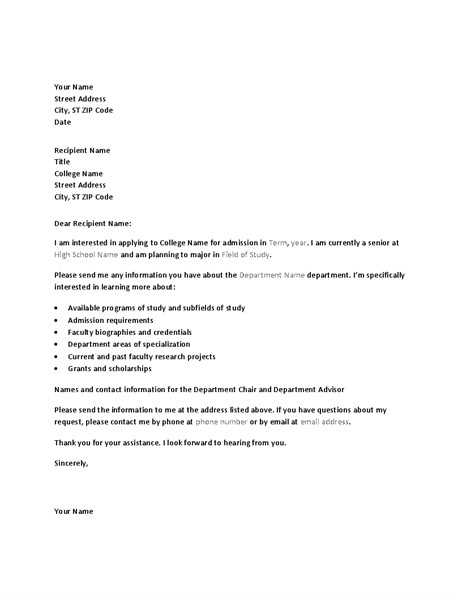
When drafting a Freedom of Information request, it’s important to maintain clarity while avoiding overuse of the term “FOI.” Instead, consider using varied phrasing to enhance readability and engagement. For instance, rather than repeatedly referencing “FOI,” try using alternatives like “information request” or “public records request” as appropriate.
Practical Examples
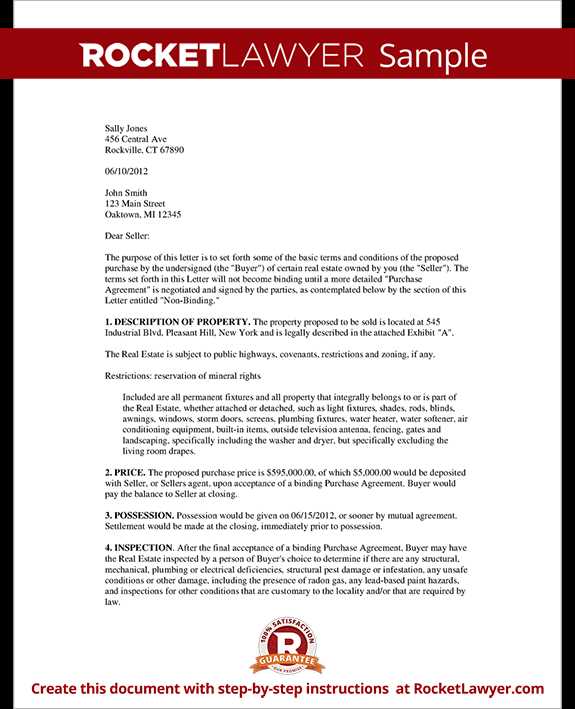
For example, instead of writing “FOI request,” you might say “request for documents” or “access to records.” This keeps the content varied while still communicating the intent clearly. Using terms like “public disclosure” or “request under public information law” can also serve as useful substitutes.
Structuring the Request
Incorporate these changes within the structure of your letter. For instance, after an initial reference to your request, switch to other ways of describing it throughout the letter. This ensures that your communication remains clear and professional without sounding redundant.